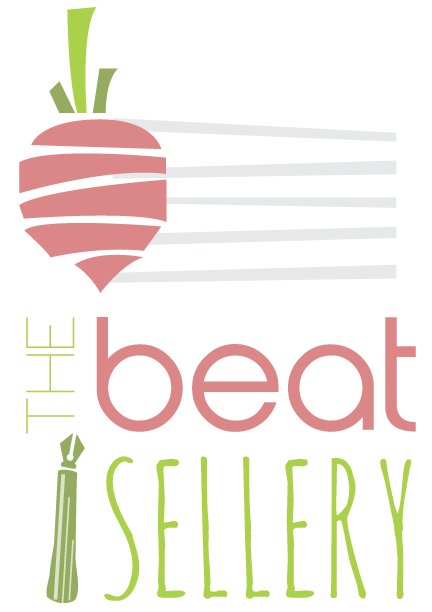instrument review: schiller tenor sax
/There is plenty of information about some Chinese made instruments on the web, especially some low brass, so I'm starting my reviews with one that doesn't seem to have gotten as much coverage.
This tenor sax was purchased in August 2010 for about $800. Since then, it has been played by several students in multiple settings (concert and jazz band as well as chamber groups) and has seen daily use for four school years.
From the start, I have thought that it has a solid sound and response from low to high. Not being a saxophone player myself, I'm also pleased that it plays reasonably well in tune--no instrument is perfect, but my students and I have no problem playing in tune on this tenor.
picture of saxophone here...
The only issues I have had in four years are common to other saxophones and were easily fixed without sending it to the shop. Screws occasionally loosen, a spring has had to be reset a couple times, and sometimes students have squeezed the octave key on the neck so that it doesn't seal completely. Oh, and while I was recording the audio above, I noticed a student must have bumped the Eb/D# key guard so that it's bent a little and doesn't let the pad open enough...
I've played a couple of the newer Schiller Tenor Saxes (like this one) and found them to be similar in quality to the one at school. I haven't tried the newer version with the same finish, but I would expect it to be about the same. Having played a number of their saxophones (alto, tenor, and bari), I've been pleasantly surprised by how well most of them have played. The only exception was the first few altos I tried five or six years ago, and they seem to have improved in intonation markedly since then.


